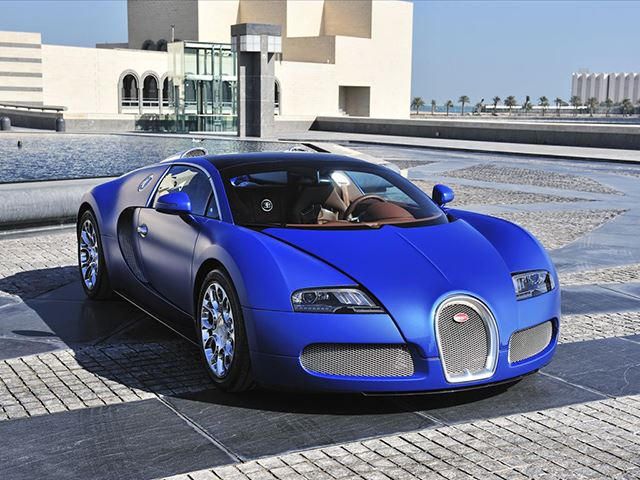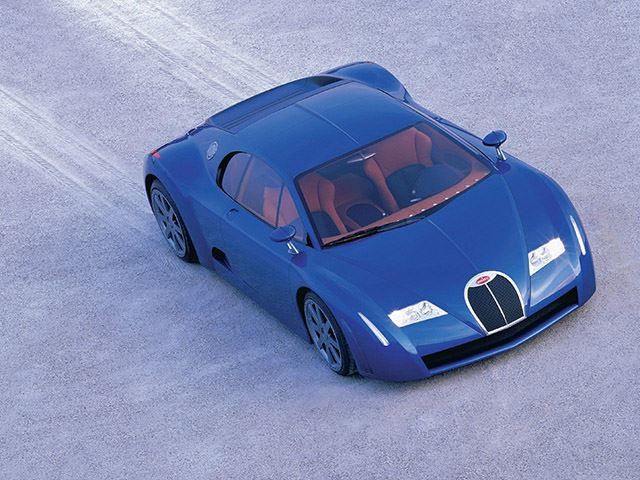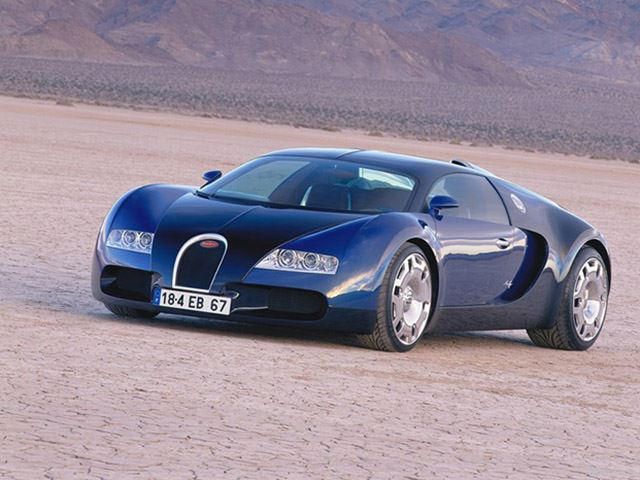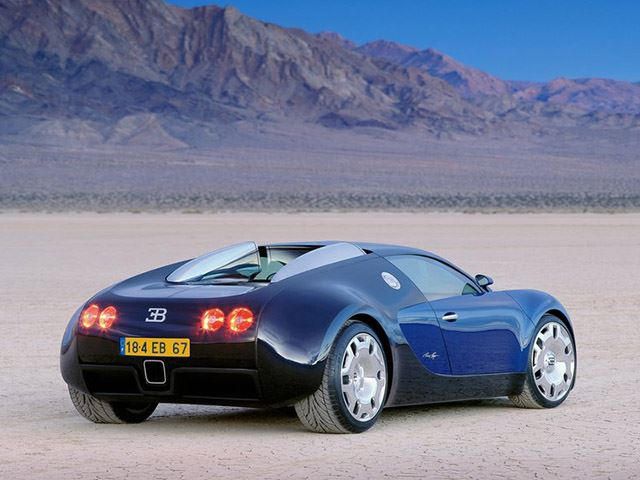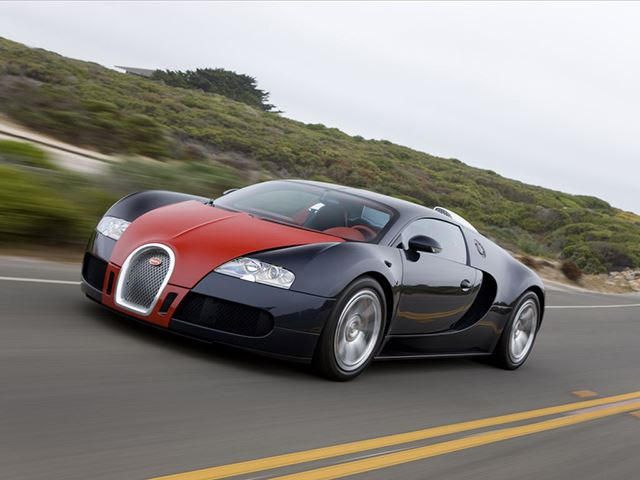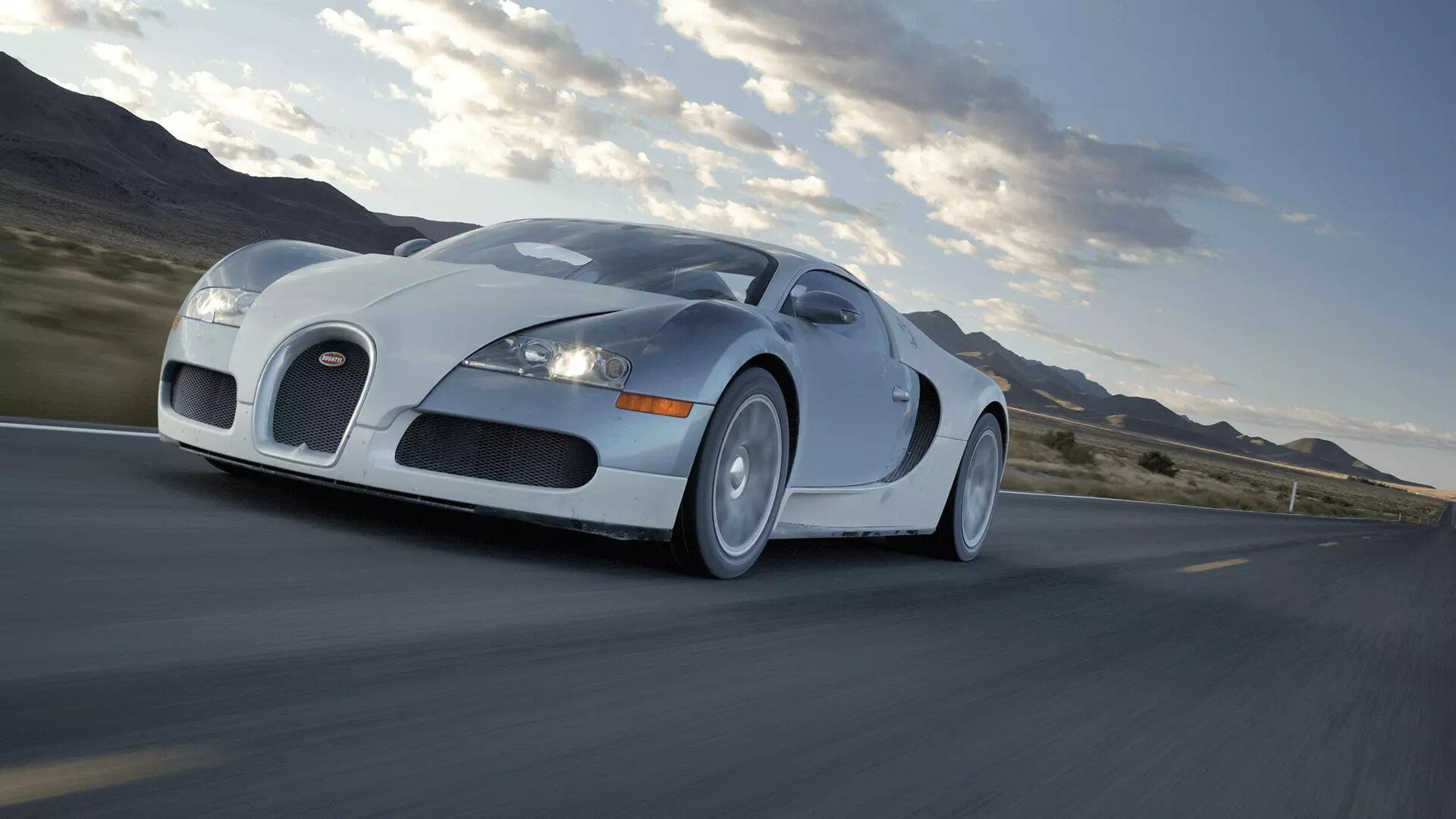
Time is a bitch. No matter how huge of an accomplishment anyone makes, their hard work eventually becomes food for worms and fertilizer for weeds. However, the persistent take destruction in their stride and rise back out of the ashes to conquer their respective worlds. One such beast is Bugatti and its mighty Veyron. Bugatti was a fighter from the start. It had battled through two wars and the intense competition of the early 20th century's car rush to make beautifully designed and well-engineered cars.
They were so great that the exquisitely simple 1924 Bugatti Type 35 racked up over 2,000 wins to become the most successful racecar of all time. Thirty-two years later, Bugatti shut its factory doors after spending it's last years losing its battle for survival. But Bugatti didn't make it into Birdman's music videos without a fight. In 1987, entrepreneur Romano Artioli bought Bugatti and got to work making the EB 110 concept for Ettore Bugatti's 110th birthday. Despite the car's short-lived success, it gave the brand a DNA blueprint to work off of with its quad-turbocharged engine and four-wheel drive setup. By 1995, Artioli had been ruined by trying to keep the marque alive during a recession and Bugatti went bankrupt.
Three years later, heavy hitting automaker Volkswagen took over and decided to try its hand at bettering Ettore's creations. The first attempts at a car were the visually appalling EB 118 coupe and its four-door iteration, the EB 218. Attempts at aesthetic reform derived the Bugatti 18/3 Chiron followed by the 18/4 Veyron, both powered by the same 6.3-liter 547 horsepower W18 engine as the EB 118 and EB 218. The 18/4 Veyron was the car that convinced Volkswagen AG to make the Veyron. With some visual refinement and an oil tanker's worth of engineering dollars, they got to work redefining the outer limits of human capacity. The motivation behind the Bugatti Veyron wasn't sales numbers or profit margins.
It didn't even intend to compete with other supercars, and that's what makes it genius. The simple goal for Veyron engineers was to flex serious engineering muscle and expand the known limits of physical capabilities. It is what happens in the rare occasion that a company pushes its big bank aspirations aside and decides to contribute to humanity's list of greatest hits. In a time of great individualism, Volkswagen made a huge donation to the bank of human knowledge and everyone came out a winner. Within a single century, Bugatti had made the most successful racing car in the history of racing, died a painful and humiliating death, and then returned to life as the most formidable supercar in the world.
Just like a massive earthquake, the world was not ready for the shockwaves that were created by the car. Once the first articles and videos of the Bugatti hit the media, the world was changed forever.

